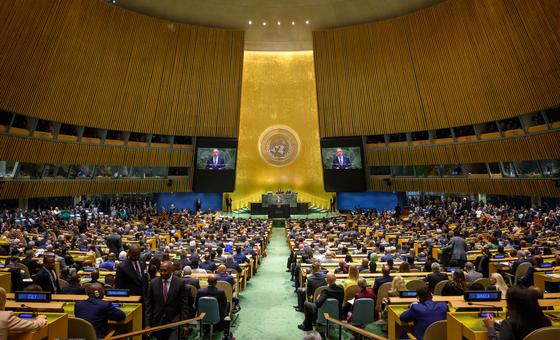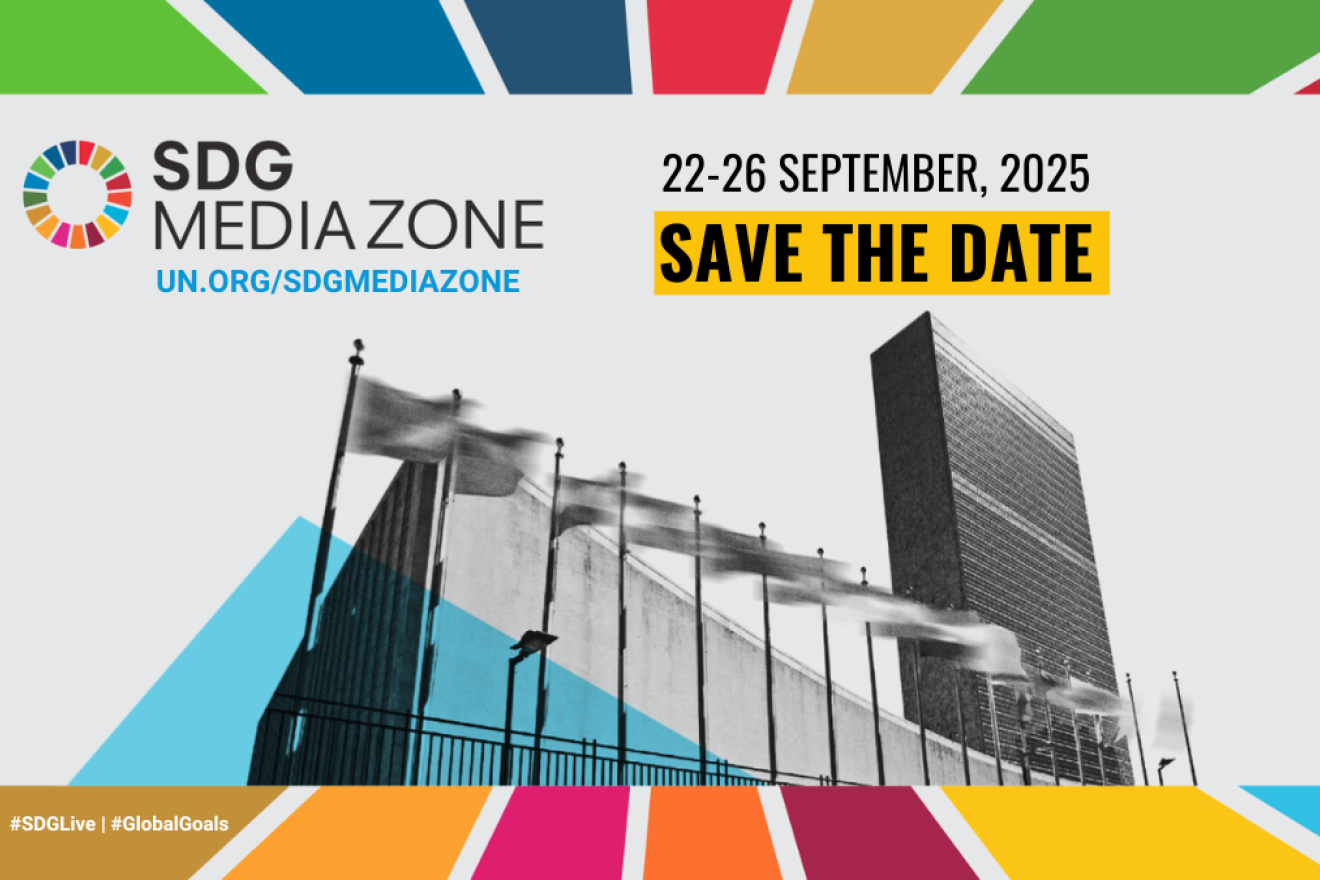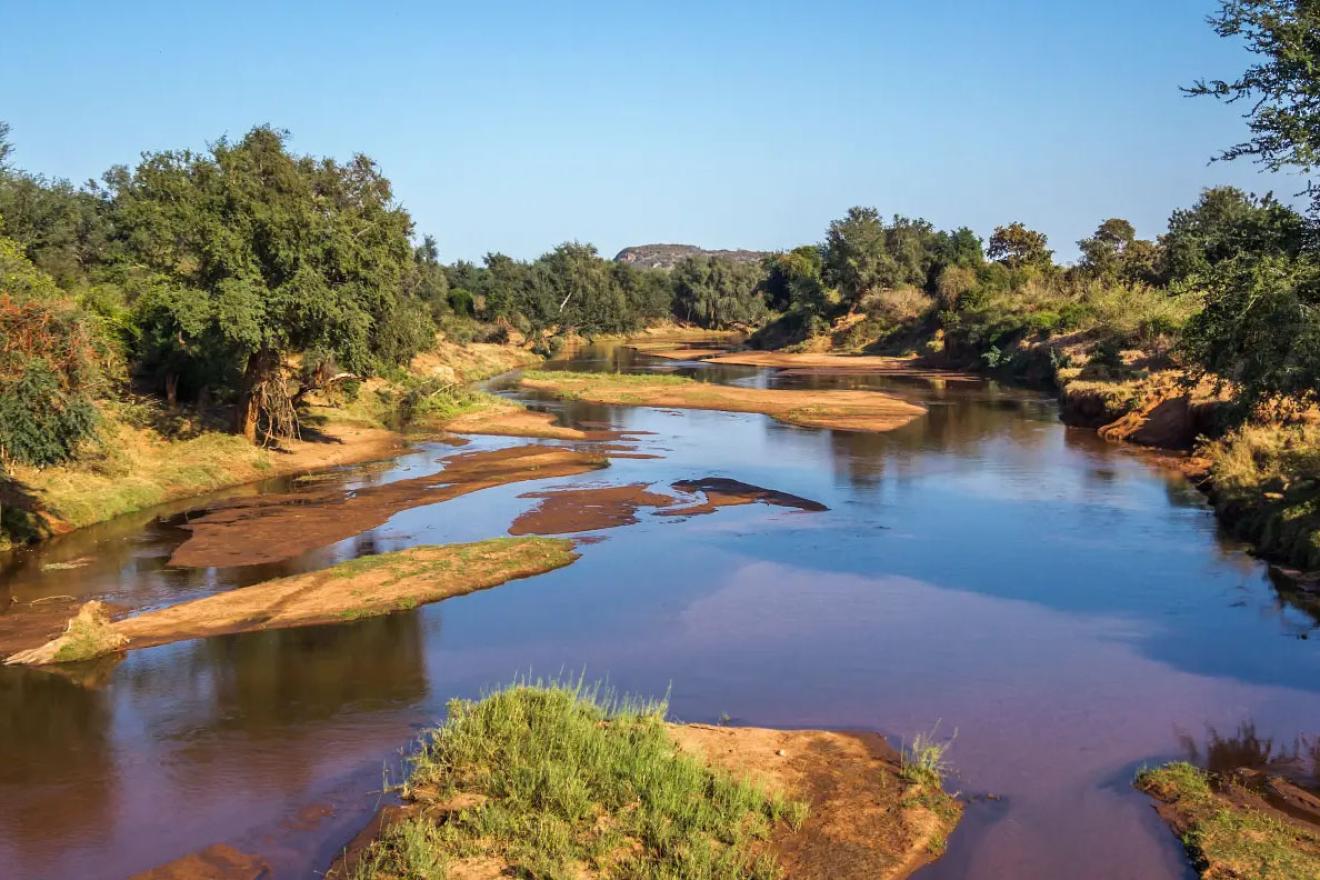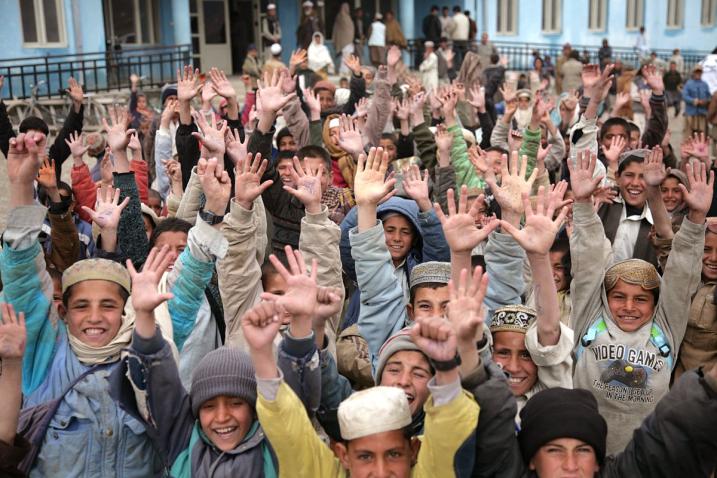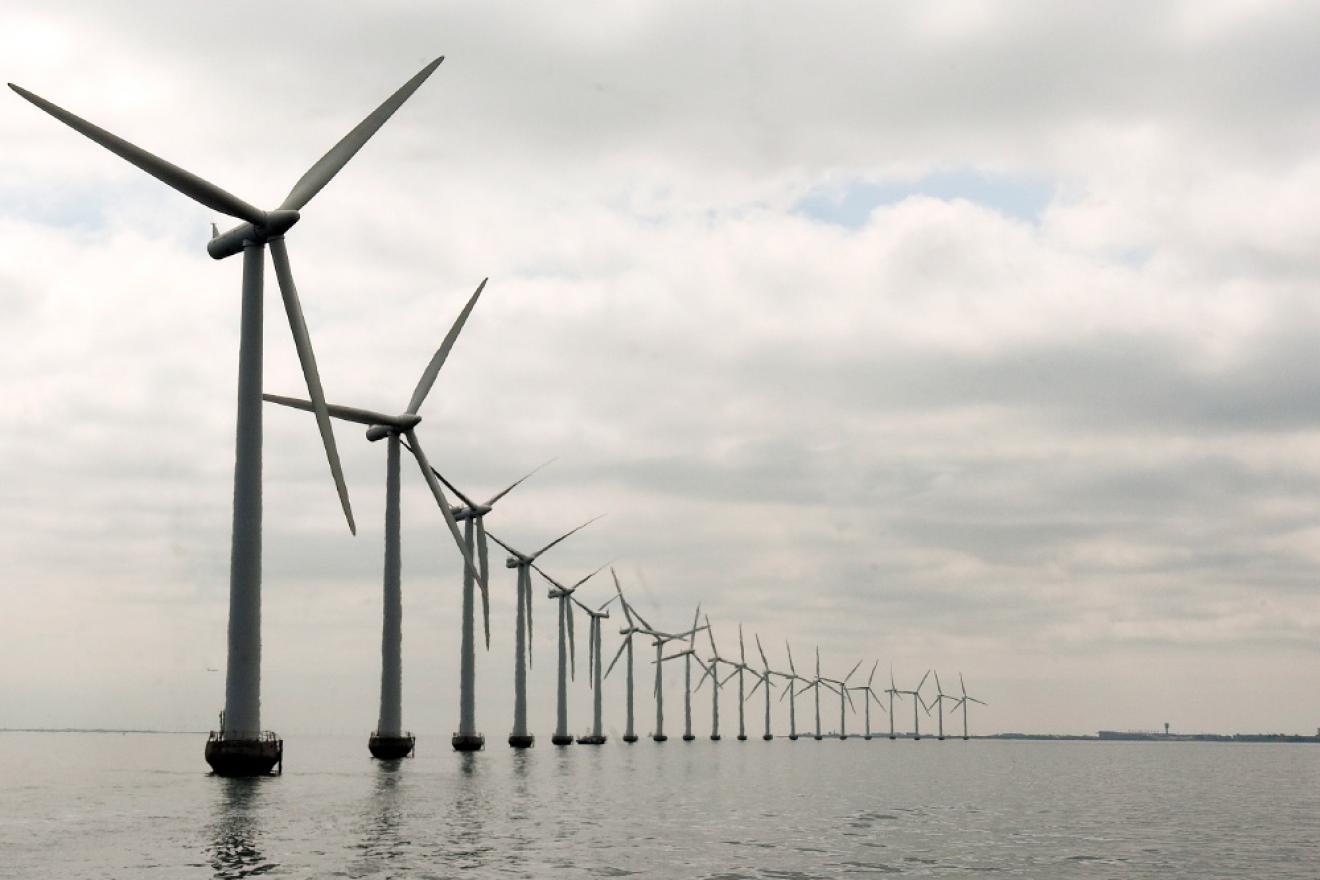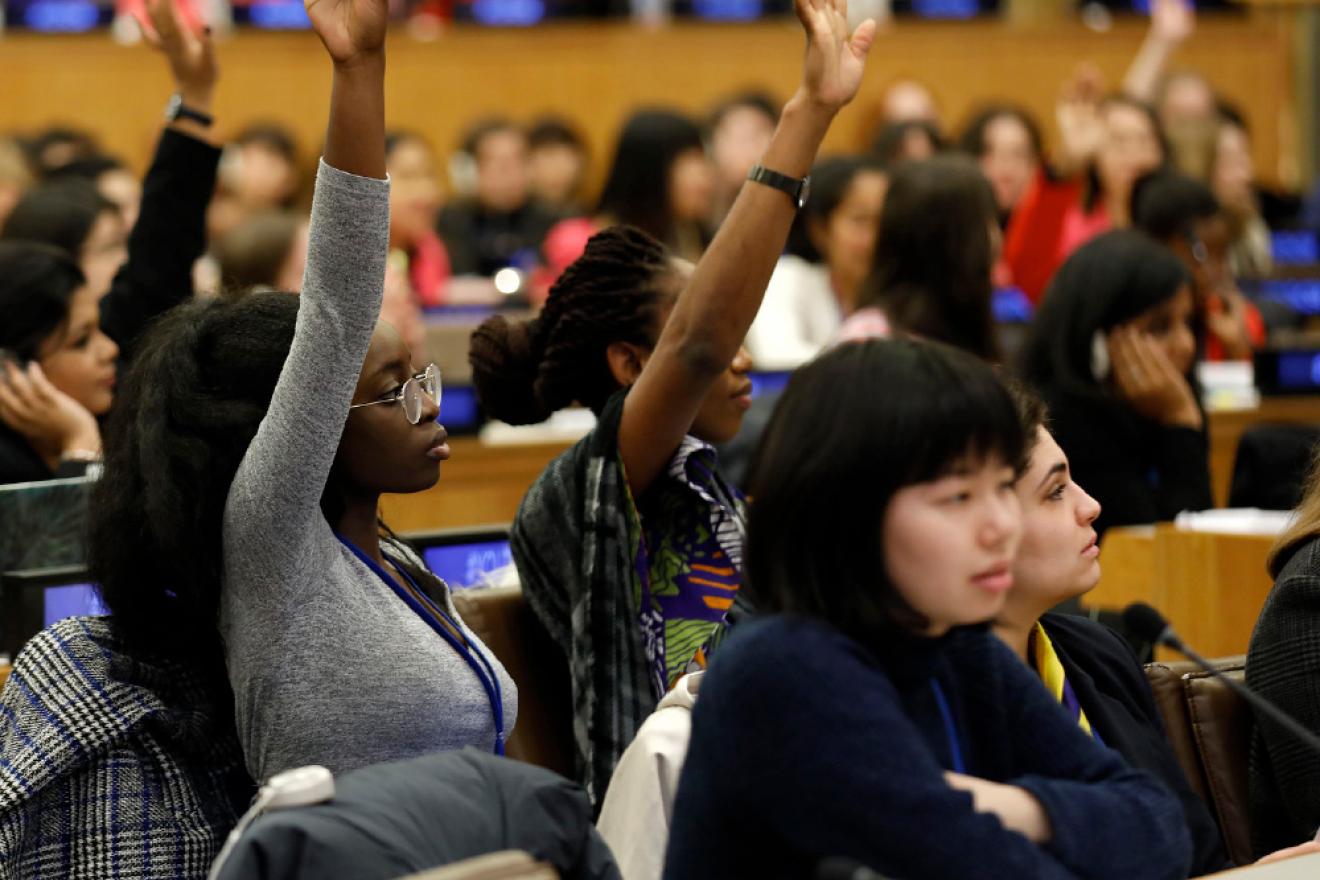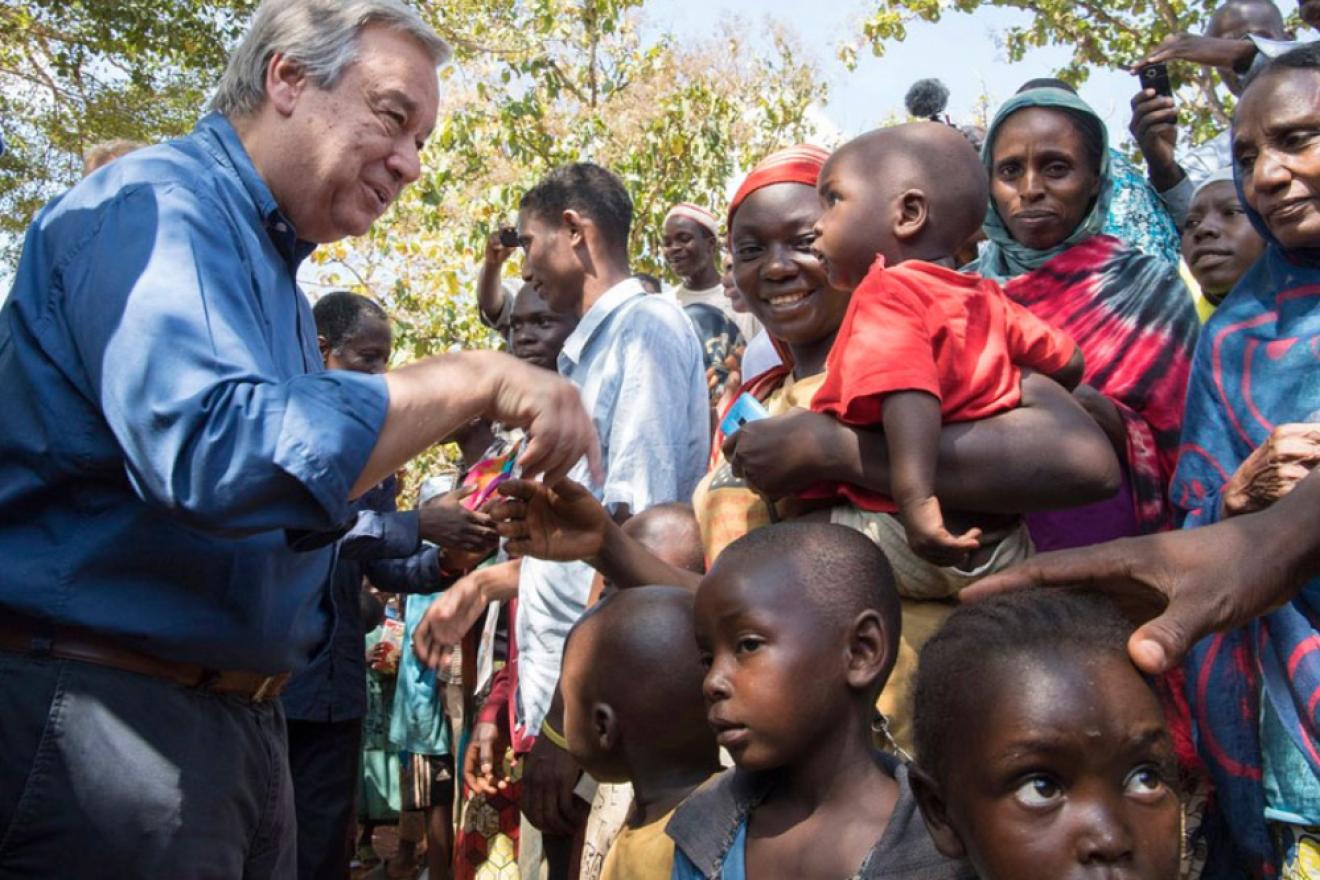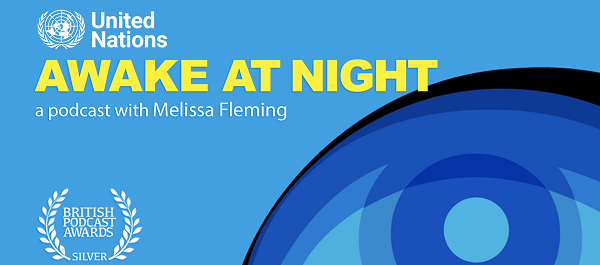Join the United Nations Department of Global Communications during the high-level week of the General Assembly's 80th session from 22-26 September and hear about the transformation and solutions needed to accelerate action on the SDGs. See the details on the SDG Media Zone UN80 programme.
UN launches global AI governance dialogue
After selecting a High-Level Advisory Body on AI and establishing a comprehensive Digital Compact, the UN continues to push the boundaries of virtual AI engagement. On 25 September, it is convening a significant High-level informal meeting to launch the Global Dialogue on Artificial Intelligence Governance. This event, part of the General Assembly High-Level Week 2025, brings together Member States, Observers, UN specialized agencies, and diverse stakeholders to explore key dimensions of inclusive and accountable AI governance and to share their expectations for the first Global Dialogue in 2026.



